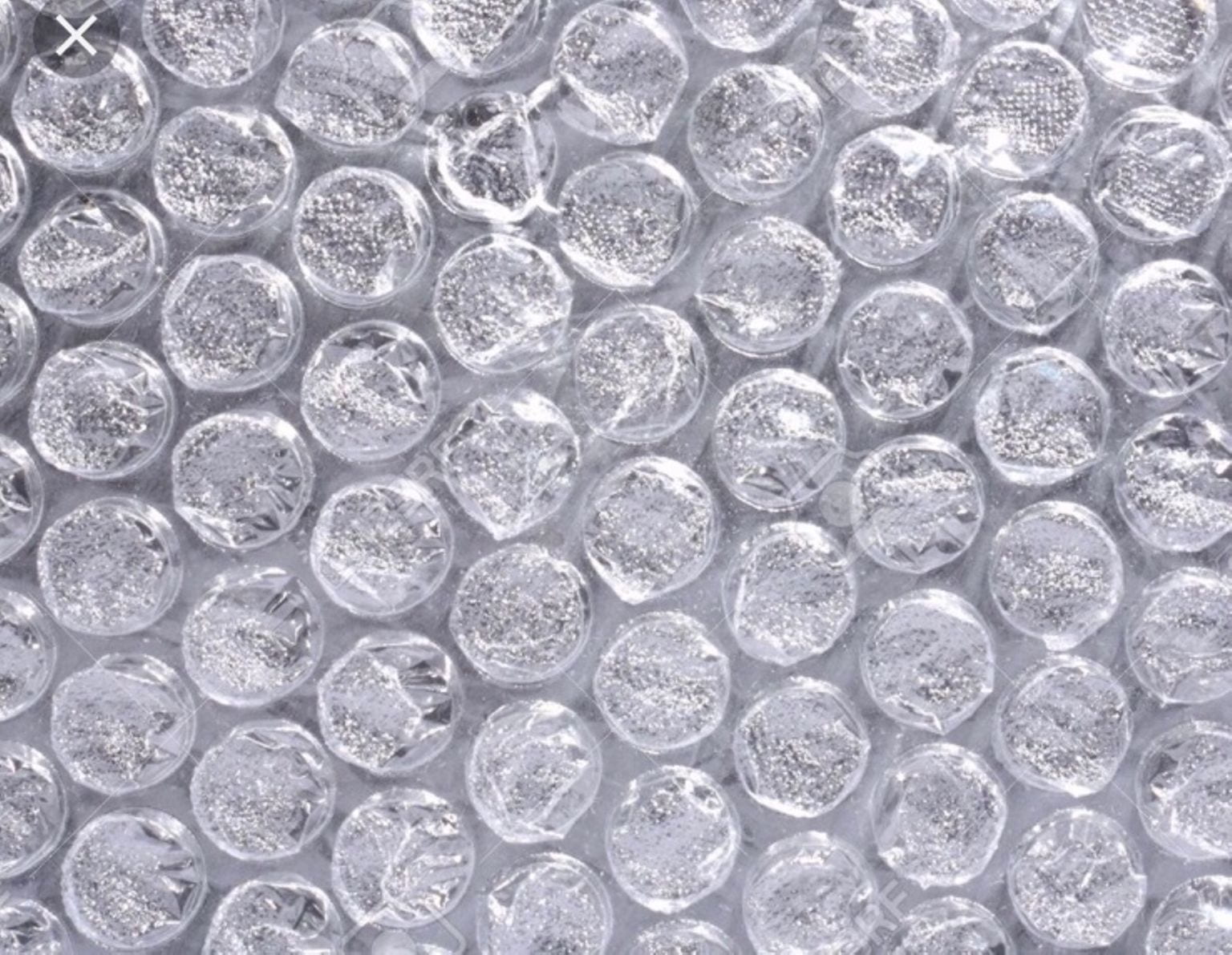It is easy to imagine VISUAL or TACTILE texture you can see the scuff-marks from countless shoes on a painted floor, you can touch the raised bumps and grooves on a heavily textured wall — But of course sound can be textural too!
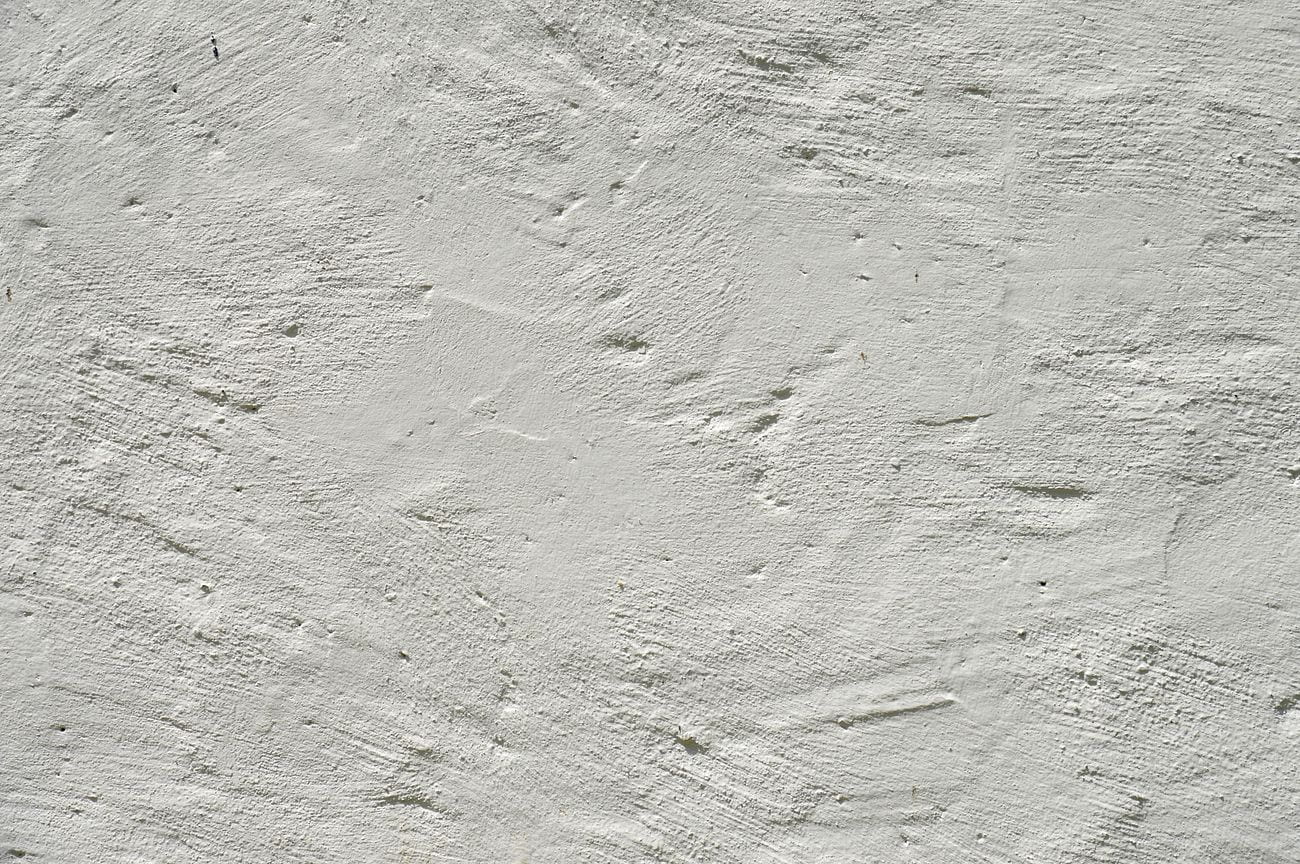
There are also many ways to talk about sonic texture.
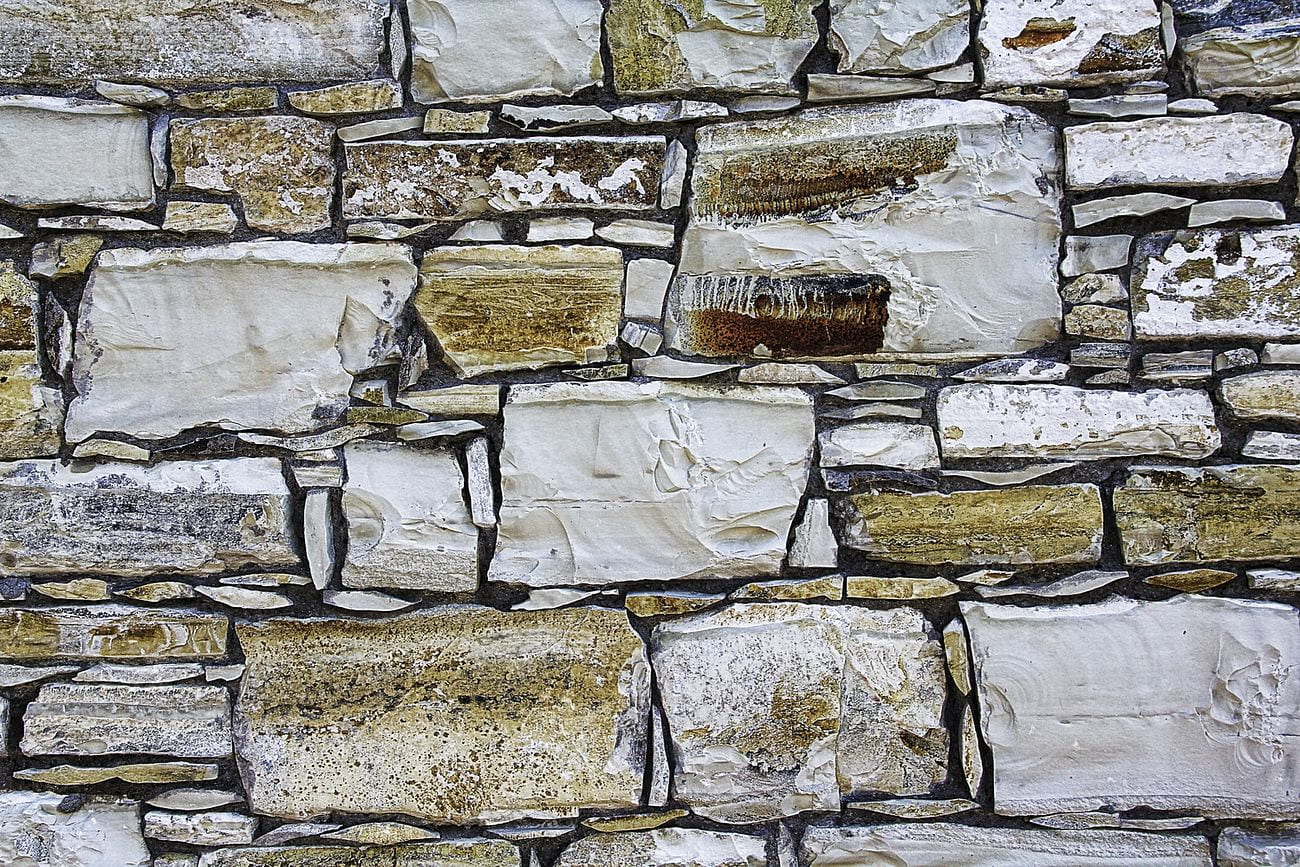
Duration and Simultaneity
The structure of a SOUND TEXTURE relies, like any other kind of sonic experience, on Duration and Simultaneity. Sound is connected to TIME, it cannot be perceived without some experience of duration. Additionally, sounds exist simultaneously: when we are listening to someone speak words for example, we are inevitably also negotiating other sounds (an air conditioner, other people talking, cars on the street.)
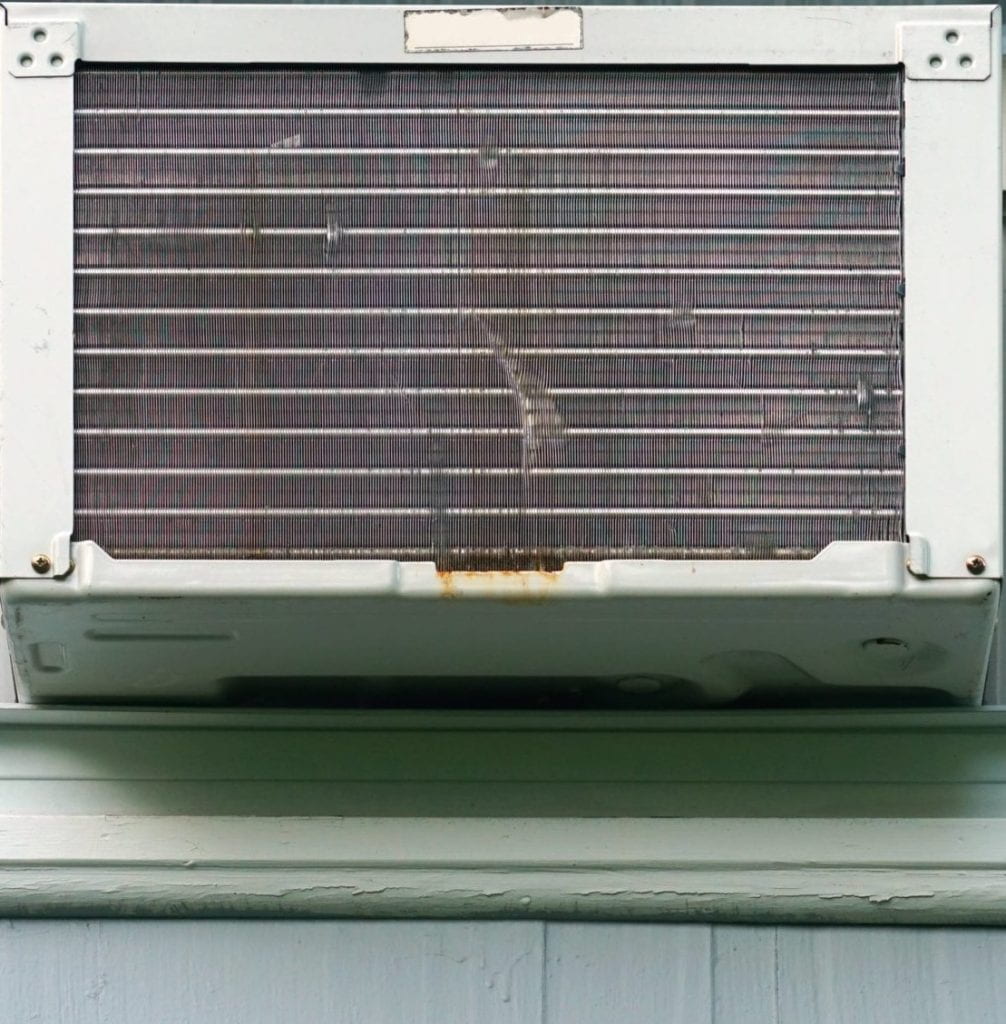
Non-Hierarchical
When I talk about texture and sound in this project, I am referring to something that lacks hierarchy. What do I mean by Non-Hierarchical? That means that the experience does not push one thing into the foreground, it allows for conflicting elements to fight for attention.
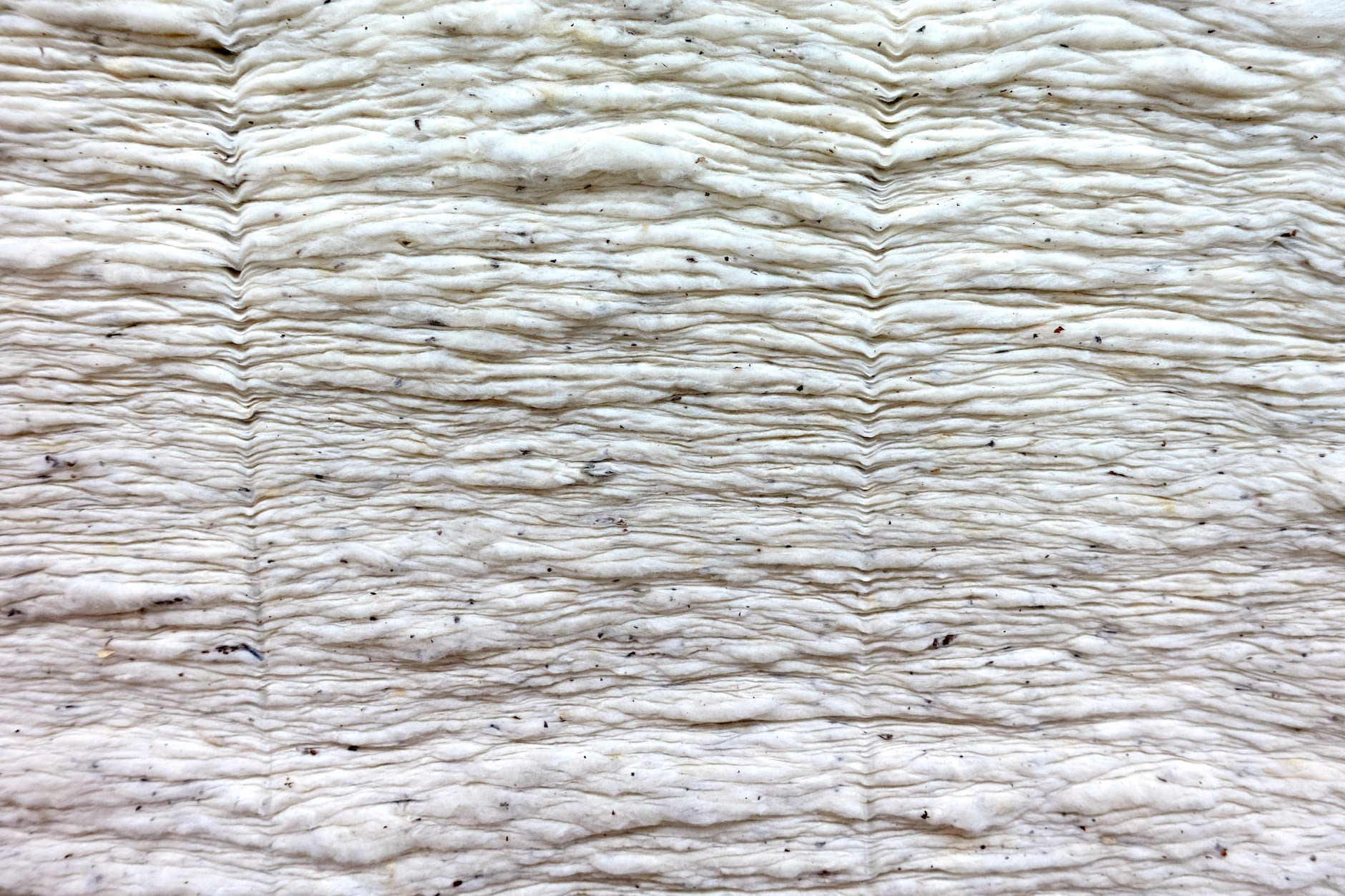
NO BOUNDARIES
When I talk about texture and sound I am also referring to a sound that has the appearance of no beginning-middle-or-end. The classical western tradition of drama is that it has a Beginning and Middle and an End.
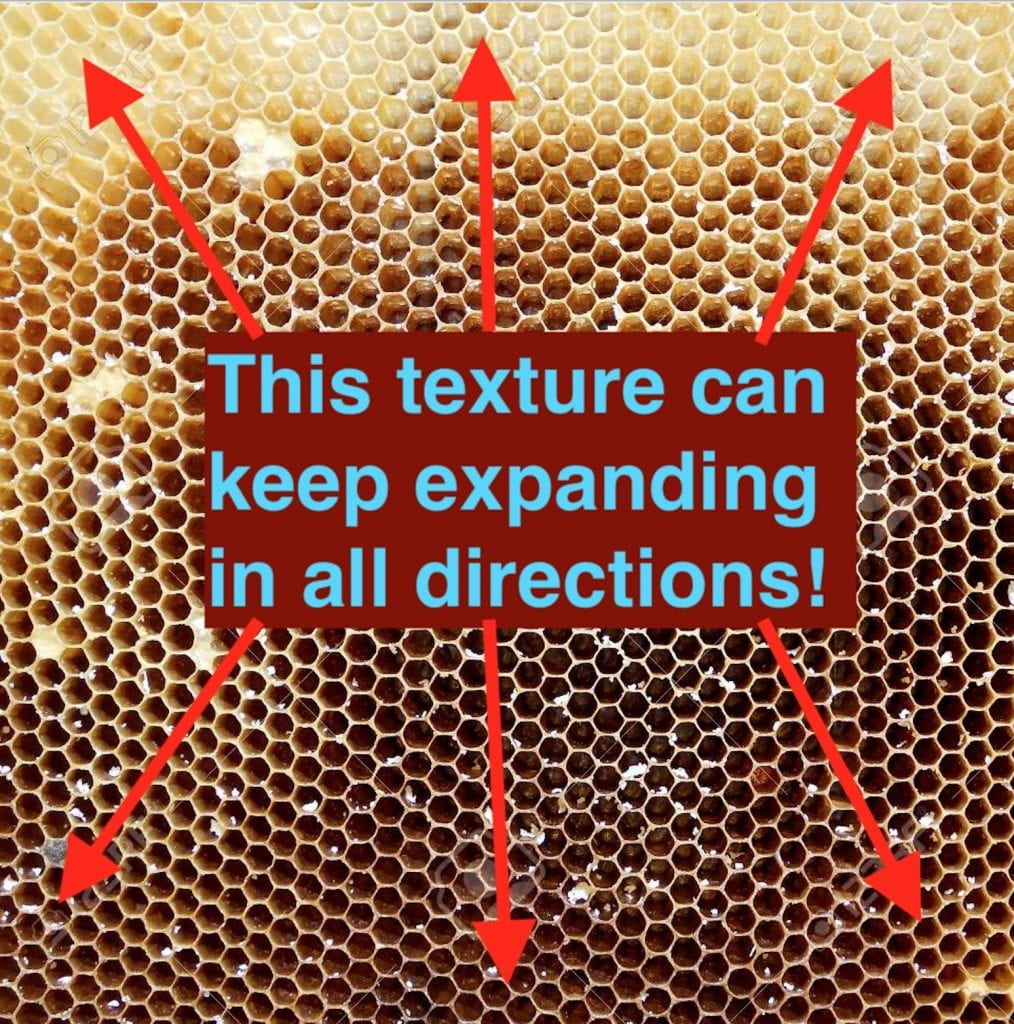
DRAMA
A standard recipe for drama looks something like the diagram here. Western diagrams of dramatic structure have been attributed to Greek philosopher Aristotle (384 BC – 322 BC), but also developed throughout the ages, for example Freytag’s Pyramid.
The idea is simple:
(1) a problem is introduced
(2) it reaches a climax
(3) then it is resolved.
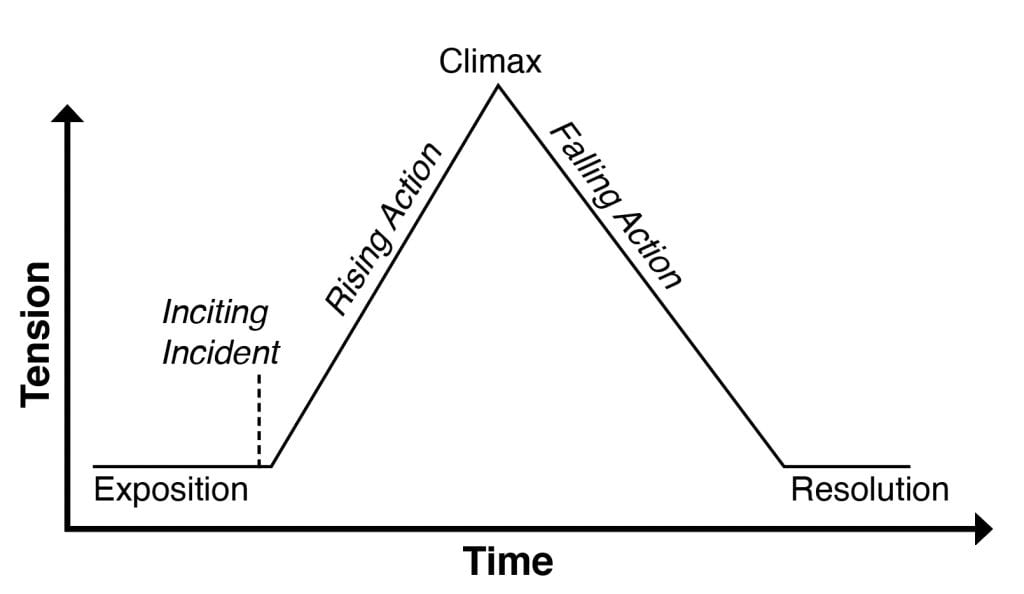
An important note:
The diagrams above describe WESTERN notions of dramatic structure. There are other forms, for example the Japanese Kishotenketsu. The author Kim Yoonmi has assembled a number of story types here.
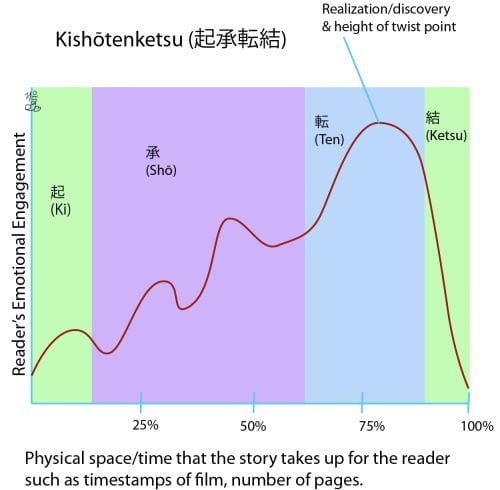
No Drama
A sonic texture will avoid all of these tensions and climaxes.

Some Examples of Sonic Texture
Below are a few examples of sound and texture. In some cases I have edited them so the texture is isolated.
Iannis Xennakis
Concret PH, for 2-track tape & at least 4 loudspeakers (1958)
A casual listener may not be aware of Iannis Xenakis’ early involvement in the field of architecture. He worked for Le Corbusier for close to thirteen years, and helped design a handful of projects for the famed architect throughout the 1950s. His most important contribution was the design of the Philips Pavilion for the 1958 World Fair in Brussels. Le Corbusier was occupied with a major project in India, so much of the work on the pavilion fell to Xenakis, who created a striking tent-like form based on hyperbolic paraboloid curves. Le Corbusier aimed to create a multimedia presentation for Philips, a “poème électronique,” that would incorporate film, slides, lighting effects, sculpture, and music. Edgard Varèse created his only entirely electronic score for this installation, and Xenakis, too, contributed a brief electronic piece. Concret PH, the title being a reference to the architectural design and construction material, is a crackling two minutes of pointillistic sounds. Xenakis recorded the sound of burning charcoal, then layered and transposed the recordings to create evolving densities and ranges of snaps, crackles, and pops. This piece, along with Varèse’s Poème électronique, remains a classic of the electroacoustic genre. [allmusic.com]
Anne Tardos
Refrigerator Defrosting 1975
Anne Tardos is an American poet, visual and vocal artist; she has developed a unique performance style that allows her to move fluidly within — and between — media. This is evident in Gatherings, which was originally published on cassette by New Wilderness Audiographics, and holds recordings from 1974-1981. It stands as one of Tardos’s seminal audio documents; two forms of sound are examined here; the first is observational and static recordings of the artist’s loft: percussive sounds from heat pipes expanding and contracting and the irregular pulse of her refrigerator defrosting. The reflection of chaos found in nature is encapsulated and tagged here in its simplest form. — more from Forced Exposure
William Basinski
The Disintigration Loops d|p 3 — 2003
In the 1980s, Basinki recorded from found sound sources, shortwave radio, and delay systems, influenced by musicians such as Steve Reich and Brian Eno.[2] Decades later, while transfering the recordings from magnetic tape to a more reliable digital format, Basinski found that the tape had deteriorated sufficiently that as it passed the tape head, the ferrite detached from the plastic backing and fell off. He allowed the loops to play for extended periods as they deteriorated further, with increasing gaps and cracks in the music. He further treated the sounds with a spatializing reverb effect.
Basinski finished the project the morning of the September 11, 2001 attacks on the World Trade Center in New York City, and sat on the roof of his apartment building in Brooklyn with friends as the towers collapsed. He filmed video footage of the attack’s fallout during the last hour of daylight from a roof, and the following morning he played “Disintegration Loop 1.1” as a soundtrack to the aftermath. Stills from the video were used as the covers for the set of four CDs, and several weeks later Basinski used a post-script in his liner notes to dedicate the work to the victims.[2] He stated that “the events gave new meaning to the musical pieces created by catastrophic decay in my studio a few weeks before”.[2] — Wikipedia
Zoviet France
Come to the Edge 1988
This late 80’s album by the English Industrial group known as Zoviet France is a hypnotic listen that weaves together various instruments, ethographic recordings and other unknown sounds into a kind of sonic landscape – a blasted British heath if you will. The work uses repetition and distortion and all kinds of filtering and effects to create a feeling that is somehow disorienting in its vastness as it is claustrophobic in its myriad loops and delays. Personally I find this album strangely comforting, like a fuzzy blanket made from some kind of mysterious material. – John (you can here the whole album HERE)
Sun O)))
Sin Nanna 2005
Black One is the fifth album by Sunn O))). It is a combination of both experimental and traditional Sunn O))), utilizing many guest musicians, including black metal musicians Malefic and Wrest from Xasthur and Leviathan, respectively. The band supposedly also went so far as to lock the claustrophobic Malefic in a casket to record the vocals on “Báthory Erzsébet”. — Wikipedia
A Texture Playlist
This playlist includes textures with voice, ostrich feathers, digital glitches, degrading media, loud snapping shrimp, etc.
